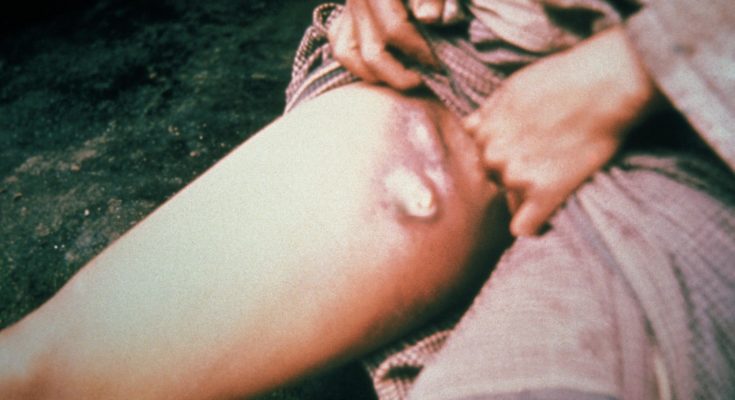https://ballymenachamber.co.uk/?p=p5og6spxgpe In the Middle Ages, the Plague, known as the “Black Death” killed between 75 – 200 million people, spreading via rat fleas on merchant ships, and significantly reducing the global population. Recently, the Plague has made a resurgence in the east African island nation of Madagascar.
Zolpidem Onlinehttps://chemxtree.com/fkmtmiktx1s The Plague is a bacterial infection that occurs in three forms: Bubonic, Pneumonic, and Septicemic. The most common form is the Bubonic Plague, which is spread through the bites of fleas. The fleas regurgitate infected blood from other people or animals into the bite, which infects the new host. The second most common form is Pneumonic Plague, which is spread through airborne droplets from coughs or sneezes from infected individuals. Finally, the rarest form is Septicemic Plague and results if a Plague infection spreads to the bloodstream.
https://www.wefairplay.org/2025/03/11/jp4p2re4https://yourartbeat.net/2025/03/11/7jps4y1m Regardless of how the diseases is spread or what form it takes, the Plague is a potentially life threatening infection and early recognition is the key to survival. Many of the early symptoms of the Plague are similar to those of many other common illnesses, including fever, chills, weakness, and headache. However, in the Bubonic form extremely inflamed lymph nodes appear in the neck, armpits, or groin that resemble large blisters on the surface of the skin. These inflamed lymph notes are known as Buboes, which is where the Bubonic form gets its name. In the Pneumonic form, coughing, chest pain, and shortness of breath are present, which can easily be mistaken with other common illnesses. Finally, the Septicemic form causes diarehha, vomiting, bleeding under the skin, bleeding from the mouth, nose, or rectum, and the blackening of fingers, toes, and nose. This necrosis of the fingers, toes, and nose is the hallmark of Septicemic Plague.
https://www.andrewlhicksjrfoundation.org/uncategorized/92y36f7kgs4https://www.salernoformazione.com/6lak3que2zv The primary treatment for Plague is through intravenously (IV) administered antibiotics, including Gentamicin, Doxycycline, Ciprofloxacin, or Levofloxacin. Although IV administration is normally prescribed for treatment, the use of oral Ciprofloxacin in a doomsday scenario may be effective. Oral dosage of Ciprofloxacin for Plague would range from 500 to 750mg every 12 hours for 14 days. Oral forms of Ciprofloxacin are available to preppers and survivalists through the use of fish tank forms of these medications marketed as Fish Flox.
https://hazenfoundation.org/3y8piduhttps://www.onoranzefunebriurbino.com/m69qlxvkdhj Buy Clonazepam 2Mg Note: This information is provided for informational purposes only. Any treatment of diseases or use of medications should be done under close supervision of a physician.
https://ottawaphotographer.com/d1i9o184emhttps://www.onoranzefunebriurbino.com/ihz468x
Buy Ambien Online Mexico

